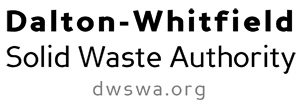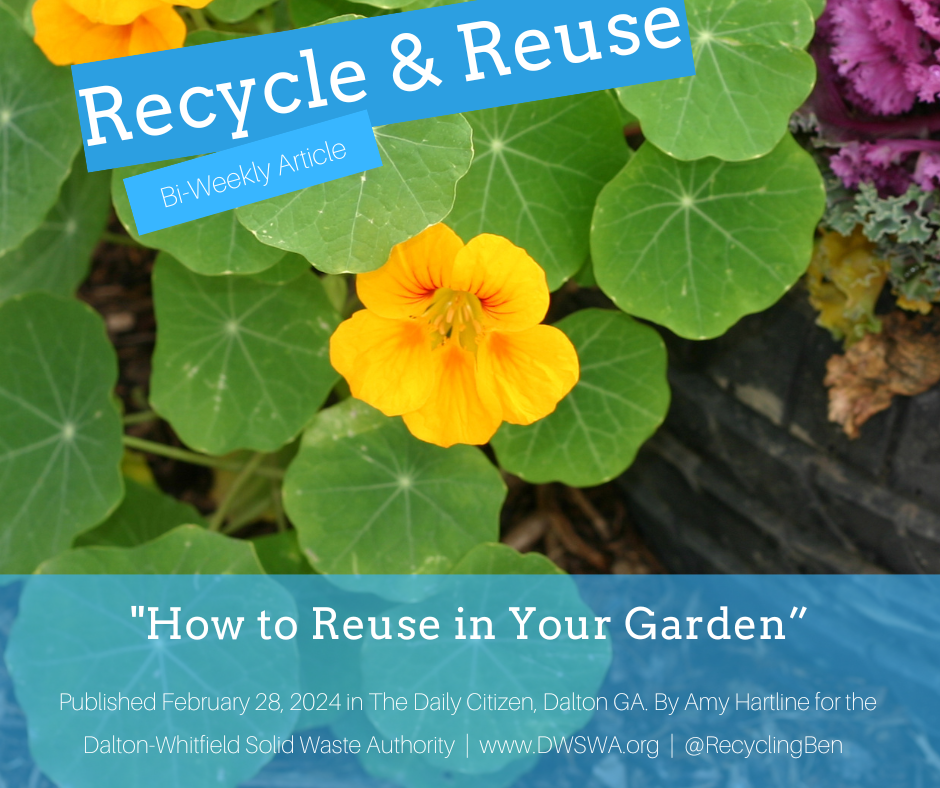Sustainable Home Organization
/Organizing is one of those tasks that seems daunting but only gets worse the longer you put it off. As we move into spring, it’s the perfect time to tackle it so you can enjoy an easier life through the rest of the year. Because it can feel so overwhelming, many people don’t think about how to make their organizing eco-friendly, but taking some time to consider it can help you save money, save you time, and give you a sense of doing good every time you use it.
One of the first and most helpful steps in any organizing project is deciding what to keep. It’s easy to accumulate things over time, especially when we’re busy or if items still seem useful even when we no longer use them. Instead of rushing to toss everything into a donation bag, take a moment to consider each item. Ask yourself if it can be repaired or repurposed. For example, old glass jars can be cleaned and used to store pantry staples, craft supplies, or even as planters for small herbs. Shoeboxes or sturdy product packaging can become drawer dividers or under-bed storage. Choosing to reuse what we already have helps cut down on waste and saves a trip to the store.
Once we’ve decided what stays, it’s time to think about storage solutions. This is where the fun begins. Eco-friendly organization often needs a bit of creativity. Instead of buying brand-new plastic bins, think about materials that are more sustainable or you already have. Woven baskets made from natural fibers, wooden crates, and metal tins often pop up at thrift stores, yard sales, or even in your own garage. These pieces not only look charming but can serve practical purposes in nearly any room of the house.
As you organize, consider where you are going to place your things. Organize your home so that the things you use most often are accessible and easy to maintain. This helps cut down on wasteful habits, such as rebuying something you already own but couldn’t find.
Labeling can be a satisfying part of organizing, especially when it helps keep everyone in the household on the same page. Instead of plastic labels or stickers, try using scrap paper, cardboard, or even clothespins to create reusable labels. Chalk markers on glass or metal containers can be wiped clean and updated as needs change saving you time in the future and keeps you from having to throw labels away.
An often-overlooked element of eco-friendly organization is how we manage paper and digital clutter. Setting up a simple home recycling system can help ensure that paper gets properly sorted and recycled. Keeping a bin near where you open mail can catch junk mail and catalogs before they pile up. Digitally, organizing files and unsubscribing from unnecessary email lists can not only reduce mental clutter but also helps reduce the energy consumption tied to storing massive amounts of unnecessary data in the cloud.
In the kitchen, organizing with sustainability in mind can make a real impact. Keeping food items visible and grouped together can help reduce food waste by reminding us of what we already have. Glass containers or clear jars make it easy to see quantities and expiration dates. A simple meal planning board or system can help prevent overbuying and make sure fresh produce gets used. Repurposed containers, like yogurt tubs or takeaway boxes, can extend the life of leftovers and reduce single-use plastic needs.
Every time we repurpose a container, avoid buying something new, or prevent an item from going to the landfill, we’re making a difference. Organizing our homes in an eco-friendly way can feel satisfying, not just because everything looks tidy, but because we know we’ve done it with care for both our home and the planet.
Amy Hartline is the recycling and education program coordinator for the Dalton-Whitfield Solid Waste Authority. Have a recycling question? Contact her at (706) 278-5001 or ahartline@dwswa.org.































